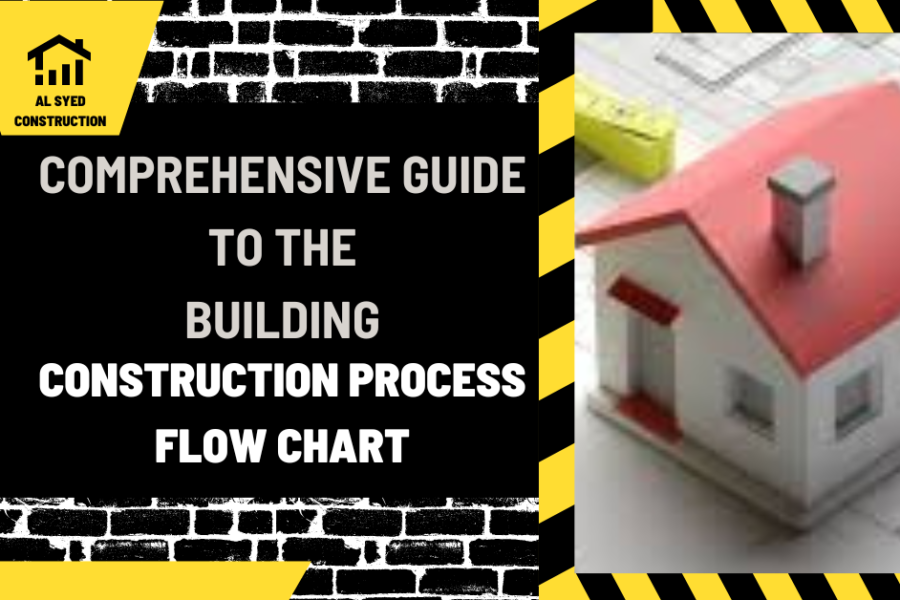Comprehensive Guide to the Building Construction Process Flow Chart
From conception to completion, each step in the construction process flow chart plays a crucial role in ensuring the success of your project. In this comprehensive guide, we will walk you through the entire building construction process flow chart, highlighting key milestones and best practices to help you achieve your construction goals efficiently.
Table of Contents
1. Pre-Construction Phase
Site Selection and Feasibility Study
Before breaking ground, it is essential to select a suitable site for your construction project. Conducting a feasibility study helps determine if the site meets the project requirements and if the project is financially viable.
Design and Planning
The design and planning phase involves developing architectural and engineering plans, obtaining necessary permits and approvals, and creating a detailed project schedule and budget.
2. Construction Phase
Foundation
The foundation is the base of your building, providing stability and support. The construction process begins with excavating the site, followed by pouring the foundation footings and walls.
Framing
Framing involves constructing the skeletal structure of the building, including walls, floors, and roofs. This phase is critical for ensuring the building’s structural integrity.
Mechanical, Electrical, and Plumbing (MEP) Installation
MEP systems are essential for the functionality of any building. Installation of these systems includes plumbing, electrical wiring, heating, ventilation, and air conditioning (HVAC).
Interior Finishes
Interior finishes include drywall installation, painting, flooring, and trim work. These finishes give the building its aesthetic appeal and make it ready for occupancy.
Exterior Finishes
Exterior finishes, such as siding, roofing, and landscaping, protect the building from the elements and enhance its curb appeal.
3. Post-Construction Phase
Inspection and Testing
After construction is complete, the building undergoes thorough inspection and testing to ensure it meets all safety and quality standards.
Handover and Occupancy
Once the building is deemed safe and compliant, it is handed over to the owner for occupancy.
Maintenance and Operations
Regular maintenance and operations are crucial for preserving the building’s integrity and functionality over time.
Conclusion
The building construction process flow chart is a complex and multi-faceted process that requires careful planning and execution. By following best practices and working with experienced professionals, you can ensure the success of your construction project.




